Table of content
Introduction
Vinegar-soaked ginger, a popular condiment and health tonic in many cultures, has gained global recognition for its potential digestive benefits, anti-inflammatory properties, and zesty flavor. Rooted in traditional Chinese medicine and now embraced by wellness enthusiasts worldwide, this fermented delicacy raises a common question: Should vinegar-soaked ginger be stored in the refrigerator, or is pantry storage sufficient? The answer hinges on factors like ingredients, preparation methods, and environmental conditions. This article delves into the science behind vinegar-soaked ginger, explores storage best practices, and debunks myths to ensure safety and longevity.
The Science Behind Vinegar-Soaked Ginger
To understand storage requirements, one must first grasp the chemistry of vinegar-soaked ginger. The recipe typically involves slicing fresh ginger root, submerging it in vinegar (often rice vinegar, apple cider vinegar, or distilled white vinegar), and allowing it to marinate for days or weeks. During this process, several biological and chemical interactions occur:
- Acetic Acid as a Preservative: Vinegar’s primary component, acetic acid, lowers the pH of the solution, creating an inhospitable environment for harmful bacteria like Salmonella and E. coli. This acidity is pivotal in preventing spoilage.
- Ginger’s Enzymatic Activity: Fresh ginger contains enzymes like zingibain, which break down proteins. While these enzymes contribute to ginger’s health benefits, they can also soften the root’s texture over time.
- Fermentation Dynamics: In some recipes, the mixture may undergo mild fermentation, where natural yeasts and bacteria convert sugars into acids or alcohol. This fermentation can enhance flavor but also introduces variables affecting shelf life.
The balance between these factors determines whether refrigeration is necessary. A highly acidic vinegar (e.g., 5% acetic acid or more) will resist bacterial growth effectively, while weaker solutions or contaminated ingredients may necessitate colder temperatures.
Factors Influencing Storage Requirements
Vinegar Type and Concentration
The strength of the vinegar used is critical. Distilled white vinegar (5–7% acetic acid) is highly effective at inhibiting microbes, often allowing pantry storage. In contrast, milder vinegars like balsamic (6% acetic acid) or fruit-infused varieties may require refrigeration, especially in warm climates.
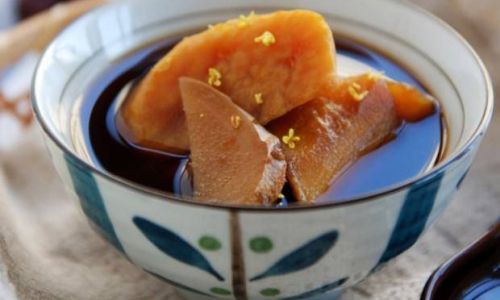
Ginger Freshness
Fresh, organic ginger with intact skin has fewer microbes than aged or bruised roots. Pre-washed or pre-cut ginger may introduce contaminants, shortening shelf life even in vinegar.
Preparation Hygiene
Sterilizing jars, using clean utensils, and avoiding cross-contamination during preparation are non-negotiable. A single bacterial cell can proliferate in optimal conditions, rendering the mixture unsafe.
Environmental Conditions
- Temperature: Room temperature (68–77°F or 20–25°C) accelerates enzymatic and microbial activity. Refrigeration (below 40°F or 4°C) slows these processes.
- Humidity: High moisture environments promote mold growth, particularly if the ginger isn’t fully submerged.
- Light: Exposure to sunlight degrades vinegar’s acidity and ginger’s compounds, reducing potency.
Debunking Myths: Refrigeration vs. Pantry Storage
Myth 1: “Refrigeration is always mandatory.”
While refrigeration extends shelf life, it’s not strictly required if the vinegar’s acidity is sufficient, and storage conditions are ideal. For example, a batch made with 6% acetic acid vinegar, stored in a cool, dark pantry, may last 3–4 months without refrigeration.
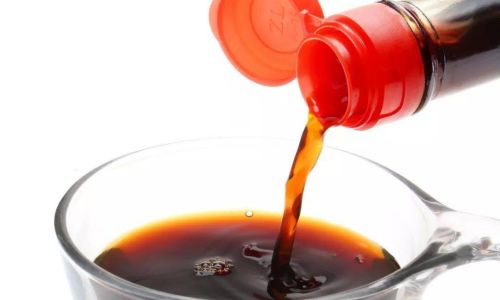
Myth 2: “Room temperature storage ruins the flavor.”
Some argue that refrigeration mellows the ginger’s pungency. However, flavor evolution is subjective; cold storage merely slows chemical reactions, preserving the initial taste longer.
Myth 3: “Once opened, it must be refrigerated.”
Opening the jar introduces oxygen and microbes, but proper sealing (e.g., using a lid with a rubber gasket) can mitigate this. Regularly checking for spoilage is wiser than automatic refrigeration.
Step-by-Step Guide to Safe Storage
Option 1: Refrigeration
- Container Choice: Use glass jars with airtight lids to prevent odor absorption.
- Submersion: Ensure ginger is fully covered by vinegar to prevent mold.
- Temperature: Maintain below 40°F (4°C).
- Shelf Life: 6–12 months, depending on vinegar strength.
Option 2: Pantry Storage
- Cool, Dark Location: Avoid direct sunlight and heat sources (e.g., stoves).
- Regular Inspection: Check weekly for bubbles, off-odors, or discoloration.
- Shelf Life: 1–3 months; discard at the first sign of spoilage.
Signs of Spoilage
Regardless of storage method, vinegar-soaked ginger can spoil. Watch for:
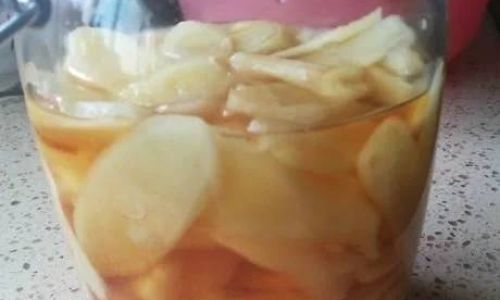
- Mold Growth: Fuzzy patches (blue, green, or white) on the surface.
- Off-Odors: A fermented, yeasty, or rotten smell instead of tangy vinegar.
- Cloudiness: Excessive sediment or murkiness indicates microbial activity.
- Gas Production: Bubbles or a swollen lid (a sign of fermentation or contamination).
Health Implications of Improper Storage
Consuming spoiled vinegar-soaked ginger can lead to food poisoning, with symptoms like nausea, vomiting, and diarrhea. Additionally, degraded ginger loses its beneficial compounds, such as gingerol and shogaol, reducing its anti-inflammatory and antioxidant effects.
Cultural and Regional Practices
Storage methods vary globally:
- China and Japan: Traditionally stored at room temperature in ceramic jars, with periodic vinegar top-ups.
- Europe and North America: Refrigeration is common due to warmer climates and stricter food safety norms.
- Southeast Asia: Some recipes incorporate sugar or salt, acting as additional preservatives, allowing pantry storage.
Innovative Storage Solutions
Modern kitchens offer advanced options:
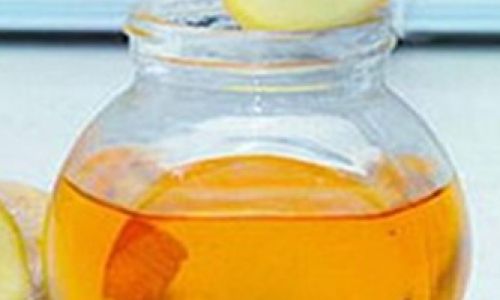
- Vacuum Sealing: Removes oxygen, slowing oxidation and microbial growth.
- Fermentation Crocks: Airlock lids allow gas release while preventing contaminants.
- Olive Oil Layer: Adding a thin layer of olive oil on top creates a bacterial barrier (though this may alter flavor).
Conclusion
The decision to refrigerate vinegar-soaked ginger depends on vinegar strength, preparation hygiene, and environmental conditions. While refrigeration offers a safety net for extended shelf life, pantry storage is viable with high-quality ingredients and vigilant monitoring. Ultimately, prioritizing cleanliness, using potent vinegar, and adhering to spoilage cues ensures a delicious, healthful product. Whether you prefer the crisp chill of the fridge or the simplicity of a cupboard, proper storage transforms this humble root into a lasting culinary and medicinal treasure.
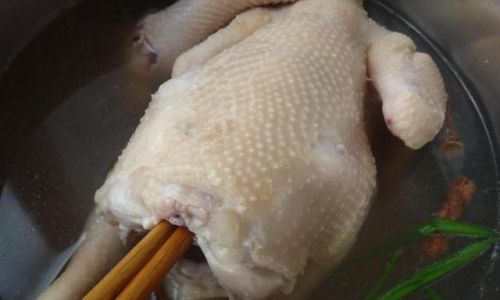


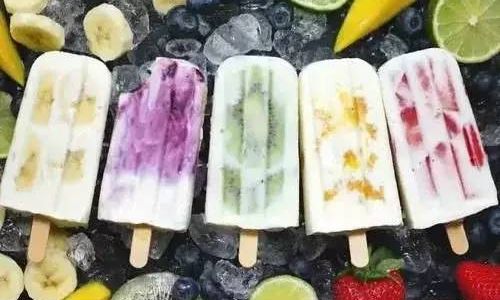

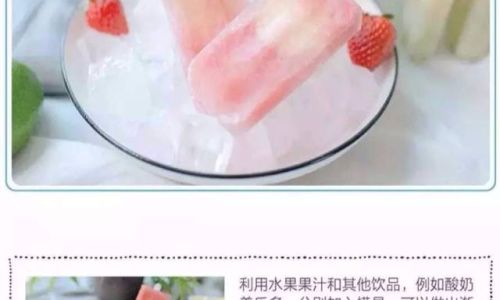
0 comments